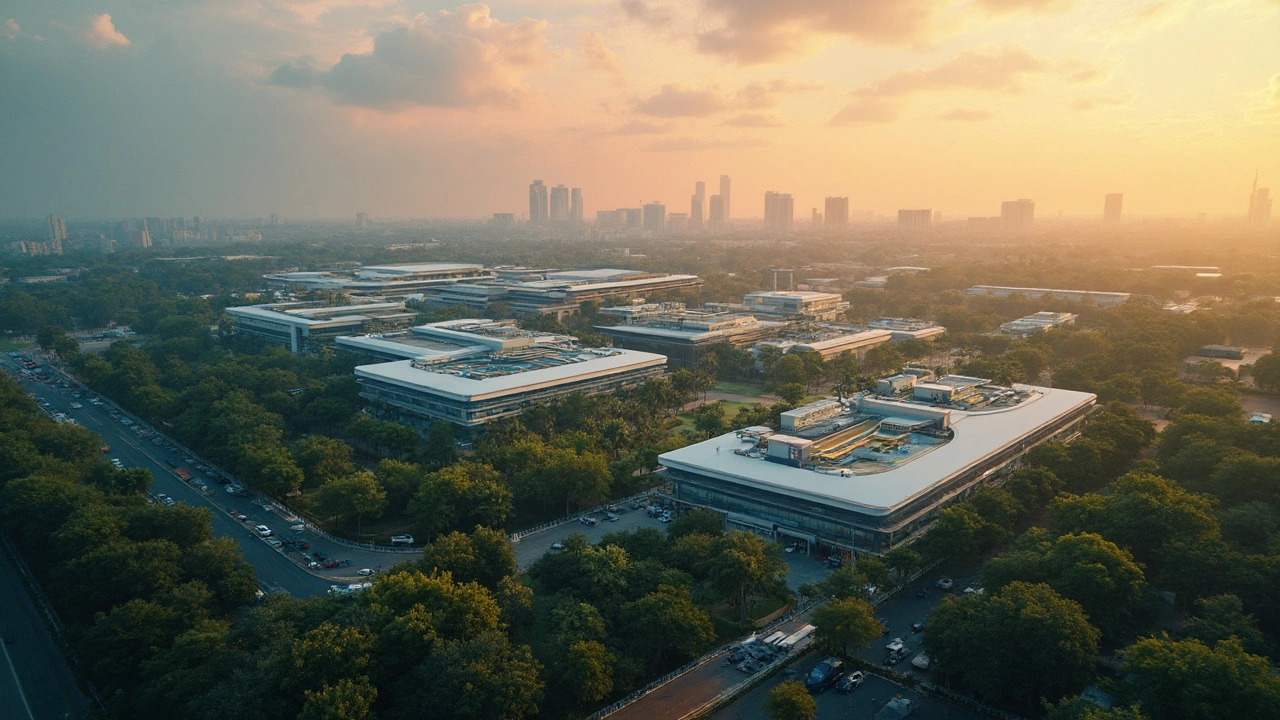Pharmaceutical Manufacturing: Trends, Processes & Indian Pharma Insights
When working with pharmaceutical manufacturing, the systematic production of medicines from raw chemicals to final dosage forms. Also known as drug manufacturing, it blends science, engineering, and strict regulations to bring safe products to market. In India, the pharma industry, a $42 billion sector that supplies over 20 % of global generic medicines fuels the growth of this field. The industry’s scale means that every batch must meet the same quality standards, and that scale is only possible when a robust supply chain, the network of raw material suppliers, contract manufacturers, and distribution channels operates without hitches. Pharmaceutical manufacturing therefore encompasses drug formulation, stringent regulatory compliance, and continuous process improvement—all of which shape the sector’s competitiveness.
Key Pillars that Drive Indian Pharmaceutical Manufacturing
First, regulatory compliance, adherence to standards set by bodies such as CDSCO, US FDA, and EU EMA is non‑negotiable. Without it, a plant cannot export, and domestic markets lose trust. Second, the process engineering, the design of reactors, filtration units, and tableting lines that turn active pharmaceutical ingredients into tablets, capsules, or injectables determines yield, cost, and speed. Third, quality assurance, the systematic testing of raw material purity, in‑process controls, and final product stability protects patients and avoids costly recalls. Together, these pillars create a semantic triple: pharmaceutical manufacturing requires regulatory compliance, relies on process engineering, and depends on quality assurance. A fourth driver is innovation, new drug delivery technologies, continuous manufacturing, and AI‑driven process monitoring that lowers waste and speeds time‑to‑market. Finally, the sector’s impact on the Indian economy is clear: it contributes roughly 2 % of GDP and employs millions, illustrating how a strong supply chain influences national growth.
Below you’ll find a curated set of articles that break down each of these aspects. From the future of pharmacy careers to the richest pharma companies, the collection covers market trends, high‑demand products, and practical tips for anyone interested in Indian pharmaceutical manufacturing. Dive in to see how the industry’s challenges and opportunities intertwine, and get actionable insights you can apply right away.

